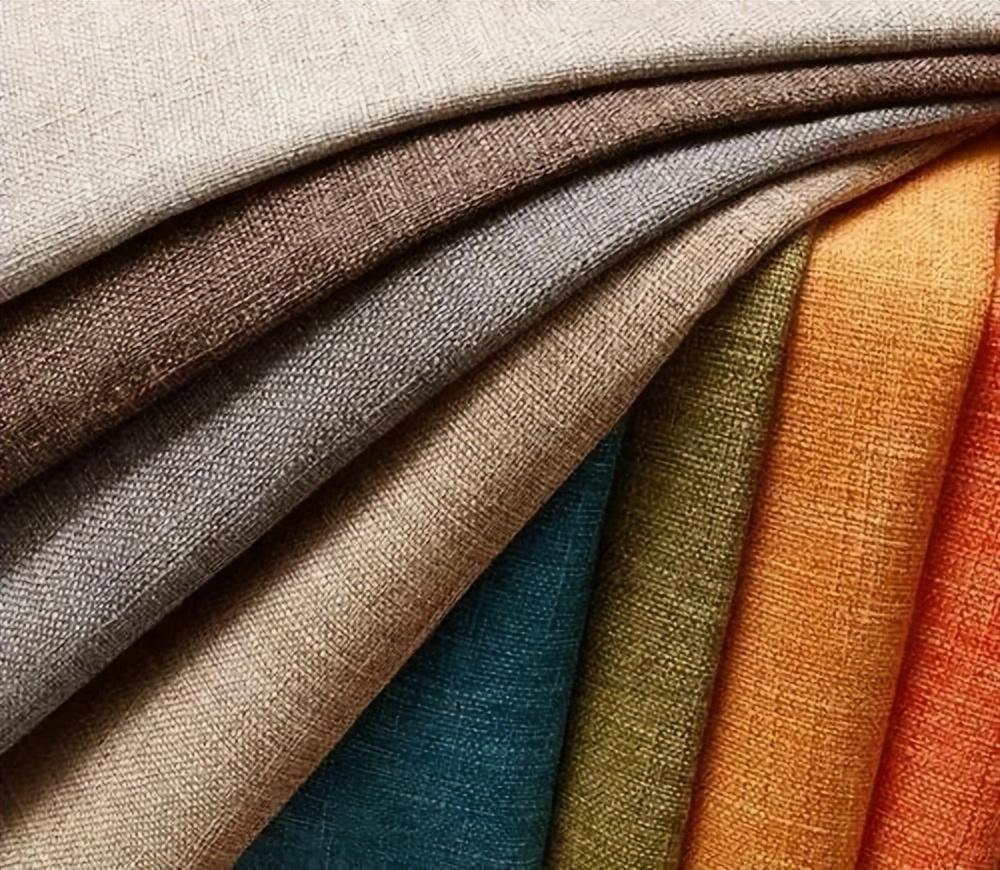Abstract
Medium-temperature reactive dyes exist in exhaust dyeing There are varying degrees of “uneven dyeing” problems. The main manifestations are that it is easy to produce color spots, stains or uneven color, as well as poor color fastness. This often results in rework and repair. Experiments show that the performance defects of the dye itself are the root cause of these quality problems.
1. There are three major defects in dip dyeing with medium-temperature reactive dyes
1.
In the fixation bath where salt and alkali coexist, the dye will have a greater salting out effect due to the higher electrolyte (salt, alkali) concentration, and
-The “elimination reaction” of the active group of hydroxyethyl sulfone sulfate occurs, and its own water solubility plummets, resulting in varying degrees of “aggregation”. Especially for some vinyl sulfone dyes, the performance is getting more serious. Such as C. I. Active Yuanqing 5, C. I. Reactive brilliant blue 19, C. I. Active Emerald Blue 21 etc. If the degree of “condensation” of the dye is too large, it will inevitably cause uneven and opaque color, and even color spots and stains. It will also affect the purity of the color and the fastness of the color.
2.
During the alkali fixation stage (especially the initial stage of color fixation), the dye in the dye bath will be The rapid occurrence of the fixation reaction, the rapid break of the original color absorption balance, the addition of soda ash (also an electrolyte), and the sudden increase in the electrolyte concentration result in varying degrees of “flash dyeing”. The performance of vinyl sulfone dyes is particularly prominent. If the degree of “snap dyeing” of dyes is too large, it will undoubtedly cause obvious or even serious adverse consequences to the dyeing quality (level dyeing effect and dyeing fastness).
3.
The fixation rate of medium-temperature reactive dyes is relatively low (60% ~ 70%). There are varying degrees of “condensation” problems and “flash dyeing” problems in the dyeing stage, so the floating rate of dyes on fibers (or fabrics) (including hydrolyzed dyes, semi-hydrolyzed dyes, and dyes that are not hydrolyzed and not fixed) is relatively high. The requirements for soaping after dyeing are strict. If the soaping is not done properly, the dye fastness will inevitably be low.
2. The process settings must be correct
Dyes with different structures have different dyeing properties. Practice has proved that the best dyeing results can be obtained only when the dyeing process is adapted to the practical performance of the dye. Therefore, the dyeing process cannot be one-size-fits-all.

Dyeing performance can be divided into three types
1.
The performance characteristics of this type of dye are: in a neutral salt bath, it has greater affinity and a higher amount of color absorption at one time. It is not too sensitive to alkali. In the early stage of color fixation by adding alkali, the color fixation rate of the dye is relatively close to the color absorption rate.-align: left;”>The application of alkali agent must be “less first and then more, adding in batches”. Because the faster the alkali agent (soda ash) is added, the stronger the alkalinity of the fixation bath will be, and the salt-alkali mixing concentration will also be The higher the value, the more intense the aggregation and coloring behavior of the dye, and the easier it is to produce dyeing quality problems. Practice has proved that the alkalinity of the fixation bath increases from weak to strong, the salt-alkali mixing concentration increases from low to high, and the concentration of the dye liquor increases from strong to strong. Light, it can effectively alleviate the excessive behavior of dyes caused by the addition of alkali agents, thereby ensuring stable dyeing quality.
The soaping process must be correct
The soaping effect is a key factor in determining the color fastness of reactive dyes. Therefore, We must pay attention to the soaping process and overcome the wrong concept of focusing on dyeing and neglecting soaping.
The key points of the soaping process are:
1.
Soaping must be carried out on the basis of sufficient cleaning. That is, after dyeing, it must be washed with warm water, Hot water cleaning removes residual salt, alkali, dye liquor and some floating dyes on the fabric to improve the freshness of the soaping solution and reduce the “re-staining” rate of the dye.
2.
Use ordinary soaping agent for soaping. The key is that the soaping temperature must be maintained at 90℃ above. Never use medium temperature (60-70℃) soaping in order to reduce fading and color correction. When using a low-temperature (60°C) soaping agent for soaping, the key is to choose a soaping agent with good wetting, penetration, solubilization (solubilization), and diffusion (dispersion) effects under low-temperature conditions to ensure good soaping. washing effect.









